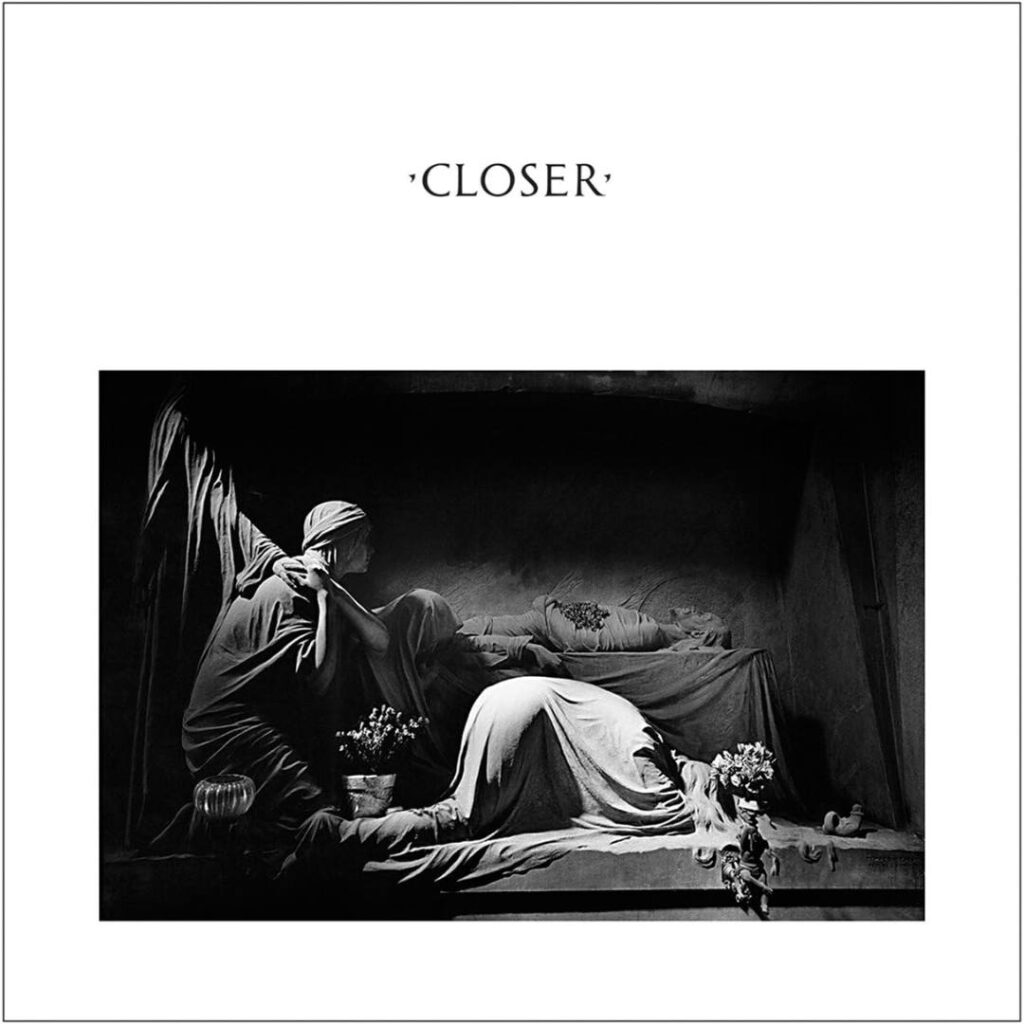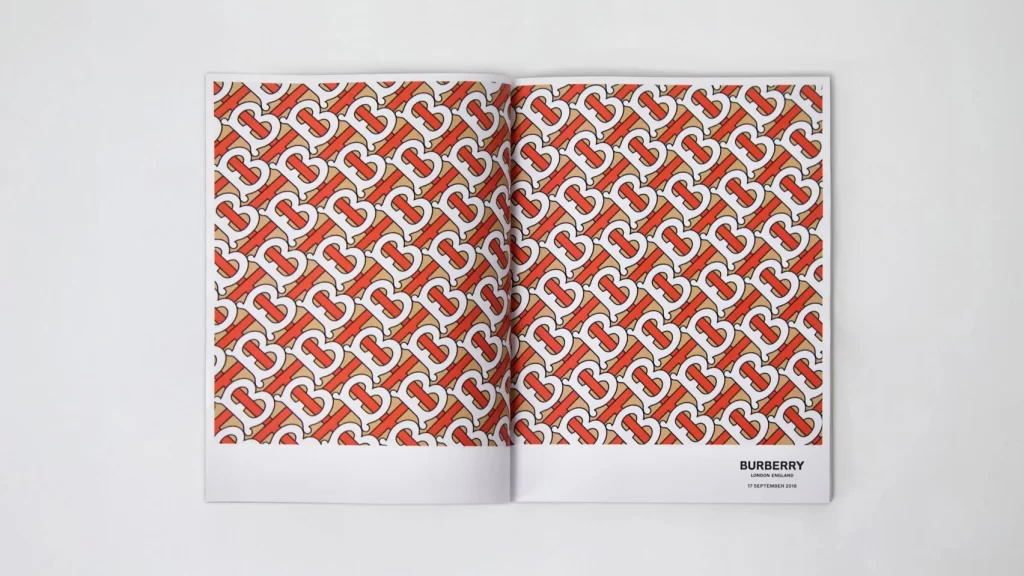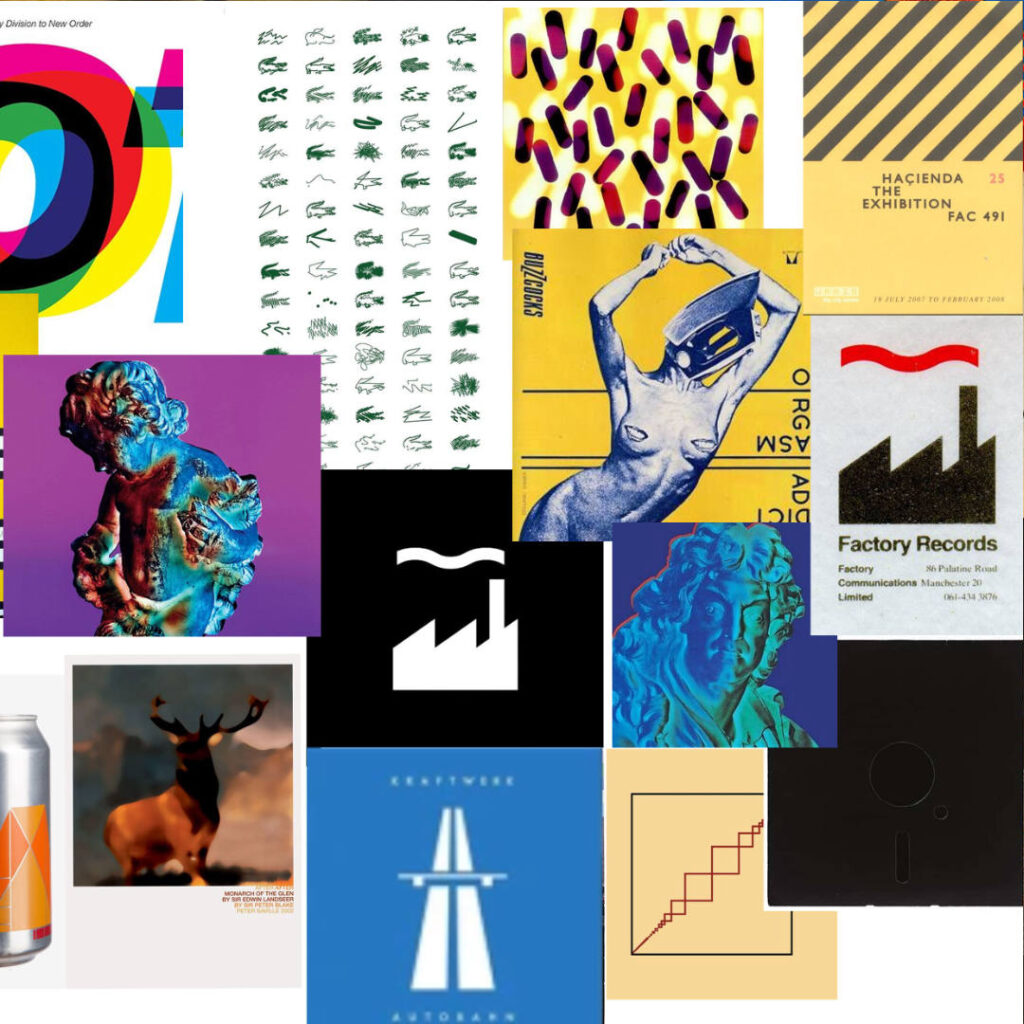
Peter Saville, The Visual Mind Behind Factory Records
When talking about Peter Saville’s graphic design, one cannot overlook his iconic work with Factory Records, the influential Manchester-based music label that helped shape post-punk and electronic music in the 1980s. Saville, a co-founder and the label’s in-house designer, crafted some of the most distinctive and memorable album covers in music history, most notably for Joy Division and New Order.
His design for Joy Division’s Unknown Pleasures (1979), a minimal white-on-black depiction of pulsar data, remains one of modern culture’s most recognizable and frequently referenced covers. The beauty of Saville’s work lies in its abstract conceptualism—he treated album sleeves not as commercial tools but as art pieces, often devoid of conventional information like the band’s name or album title. This unconventional approach gave Factory Records a rebellious visual identity that stood out in the music industry.


A Designer Influenced by Modernism and Fine Art
Saville’s influences stem from early exposure to European modernism and conceptual art. He studied graphic design at Manchester Polytechnic and absorbed ideas from movements like Constructivism, Bauhaus, and Pop Art. These influences are evident in his ability to merge fine art aesthetics with cultural commentary, bridging the gap between the underground music scene and the art world.
His works are known for clean typography, asymmetrical layouts, and a willingness to experiment with negative space. By reinterpreting historical art movements in contemporary ways, he brought intellectual and emotional depth to music packaging and brand identity.

Peter Saville Beyond Music: Fashion, Culture, and Collaborations
While Peter Saville is most famous for his work in the music industry, his career expanded into fashion and cultural branding. He has collaborated with designers like Raf Simons and fashion houses such as Yohji Yamamoto, Christian Dior, and Jil Sander, bringing his minimal yet expressive visual language into textiles, runways, and brand campaigns.
In 2004, he was appointed Creative Director for the City of Manchester, helping to reshape the city’s cultural image. Later, in 2010, he designed the home kit for the England national football team, merging sport and conceptual design—a bold move that earned both criticism and acclaim.
His recent partnership with Burberry is another milestone. He reimagined the brand’s logo for the first time in two decades. This clean, modern rebrand aligned with Saville’s signature approach: strategic simplicity with cultural depth.

Peter Saville’s Legacy and Impact on Design Culture
Peter Saville’s contribution to graphic design goes beyond aesthetics. He changed the way we perceive a designer’s role—not just as a commercial artisan but as a cultural commentator.
His work emphasizes the power of visual storytelling and how design can challenge norms, provoke thought, and elevate a brand or album to iconic status.
Saville’s legacy lives on in countless contemporary designers who cite his minimalist, conceptual style as an influence. His ability to shift seamlessly between subculture and high fashion has made him a rare figure in design history. He is someone whose work is as likely to be seen in a gallery as on a T-shirt or billboard.
With a career of over four decades, Peter Saville remains a defining figure in contemporary graphic design. His work continues to influence how we see music and fashion and how visual communication can be an art form.
Read similar articles on Hue&eye Mag >>>











